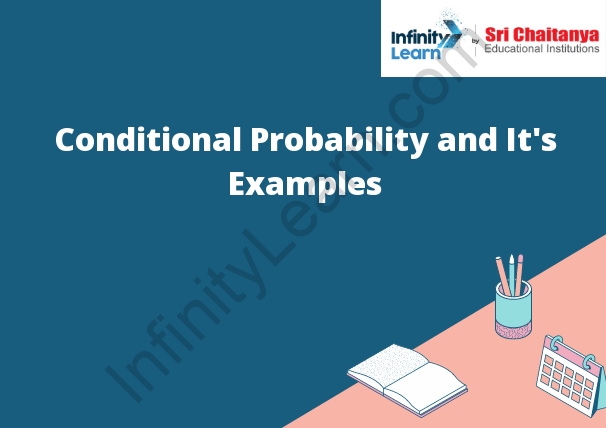Table of Contents
Conditional Probability
Conditional Probability is a measure of the likelihood of an event occurring, given that another event has occurred. In other words, it is a way of quantifying the relationship between two events.
For example, let’s say that you are rolling a die. The probability of getting a six is 1/6, regardless of what has happened previously. However, if you are told that a six has already been rolled, the probability of getting another six is now 2/6, because the first six has already occurred.
In general, the conditional probability of an event A, given that event B has occurred, is written as P(A|B) and is calculated as follows:
P(A|B) = P(A and B) / P(B)

Conditional Probability Definition:
The conditional probability of an event A happening given that another event B has already happened is given by:
P(A|B) = P(A and B) / P(B)
Conditional Probability Examples:
1. A die is rolled. What is the probability of getting a 3?
The probability of getting a 3 is 1/6.
2. A coin is flipped. What is the probability of getting a heads?
The probability of getting a heads is 1/2.
3. A card is drawn from a deck of cards. What is the probability of getting a club?
The probability of getting a club is 1/4.
Conditional Probability Formula:
The conditional probability formula is a mathematical equation that calculates the probability of an event occurring, given that another event has already occurred. The formula is written as: P(A|B) = P(A and B)/P(B). The first term, P(A|B), is the probability of event A occurring, given that event B has already occurred. The second term, P(A and B), is the probability of both events A and B occurring. The third term, P(B), is the probability of event B occurring, independent of event A.
Conditional Property Problems:
1. The conditional statement is always false.
2. The conditional statement is always true.
3. The truth of the conditional statement depends on the truth of the antecedent.
4. The truth of the conditional statement depends on the truth of the consequent.







